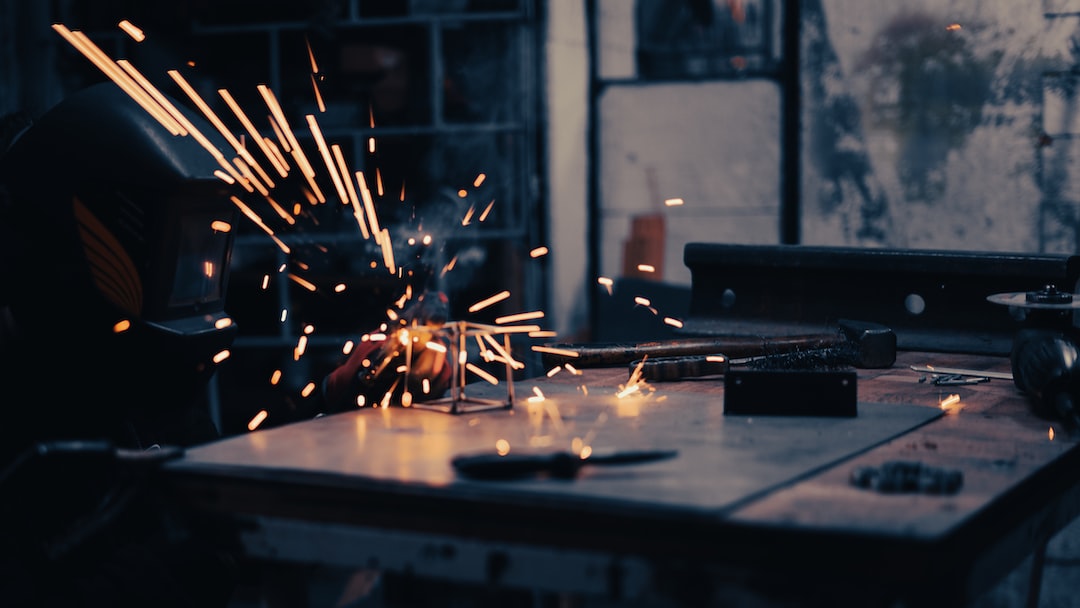Addressing the Skills Gap in Manufacturing: The Need for a Skilled Workforce
The manufacturing industry plays a vital role in the global economy. However, in recent years, it has faced a significant challenge known as the “skills gap.” This gap refers to the mismatch between the skills required by employers in the manufacturing sector and the skills possessed by the available workforce. Addressing this issue has become imperative, as failure to do so can have severe consequences on the industry and the overall economy.
One of the reasons behind the skills gap in manufacturing is the rapidly evolving nature of the industry itself. Technological advancements, automation, and the rise of Industry 4.0 have transformed the manufacturing landscape. Unfortunately, the education and training systems have not kept up with these changes, resulting in a shortage of workers with the necessary skills to operate and maintain advanced manufacturing technologies.
Efforts to bridge the skills gap should begin with improving the collaboration between industry and educational institutions. Manufacturers must work closely with schools, colleges, and vocational training centers to design curriculum that aligns with the demands of the modern manufacturing sector. By offering internships, apprenticeships, and on-the-job training, manufacturers can also provide students with valuable hands-on experience, ensuring they acquire the practical skills required in the industry.
In addition to educational reforms, it is crucial to change the perception of manufacturing jobs. Over the years, a false notion has emerged that manufacturing jobs are dirty, low-paying, and lacking in career opportunities. This negative perception has led to fewer people considering careers in manufacturing. To overcome this, it is essential to emphasize the rewarding aspects of working in the industry, such as job stability, competitive salaries, and the potential for career growth. Highlighting the innovative and technologically advanced nature of modern manufacturing can attract a new generation of skilled workers.
Moreover, collaboration between industry and government is vital in addressing the skills gap. Governments should provide financial incentives and tax breaks to manufacturers who invest in training programs and skill development for their workforce. Additionally, policymakers should create comprehensive strategies to support the manufacturing industry, including initiatives to attract and retain talent, promoting STEM education, and supporting vocational training programs.
Lastly, to overcome the skills gap, manufacturers must invest in continuous learning and upskilling their existing employees. The rapid technological advancements in manufacturing mean that even experienced workers need to acquire new skills to adapt to changing circumstances. By offering training programs and professional development opportunities, manufacturers can enhance the skillsets of their workforce, ensuring they remain competitive in the industry.
In conclusion, addressing the skills gap in manufacturing is essential for the industry’s sustainability and economic growth. Collaboration between industry, education, and government is crucial in designing curriculum, changing perceptions, and providing training programs. By investing in a skilled workforce, the manufacturing industry can thrive in the modern era of technology and contribute significantly to the global economy.
